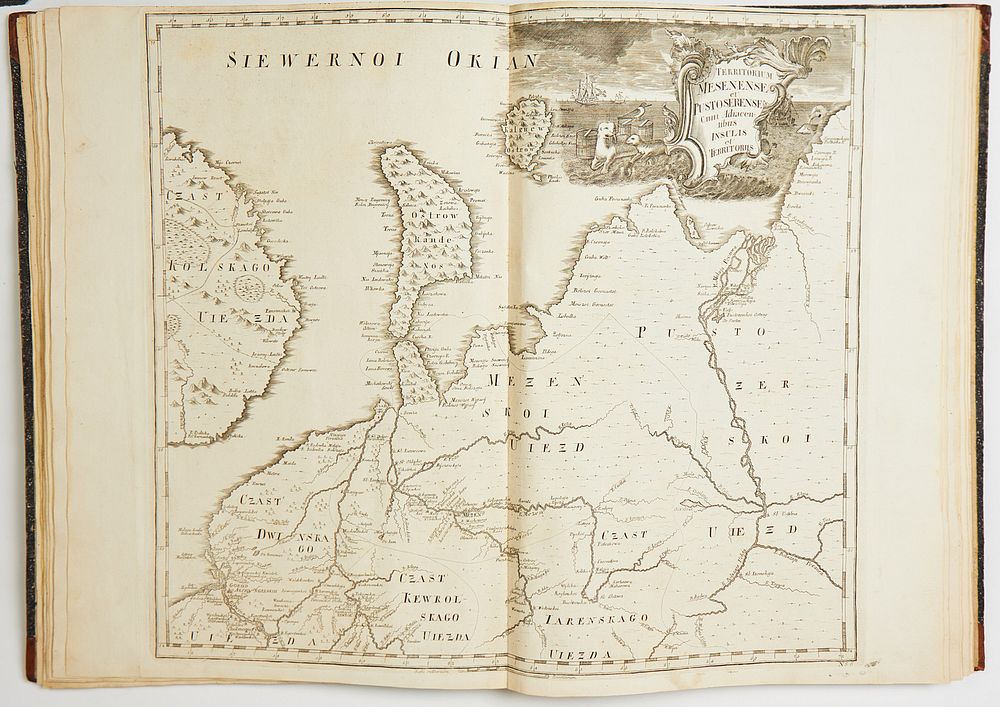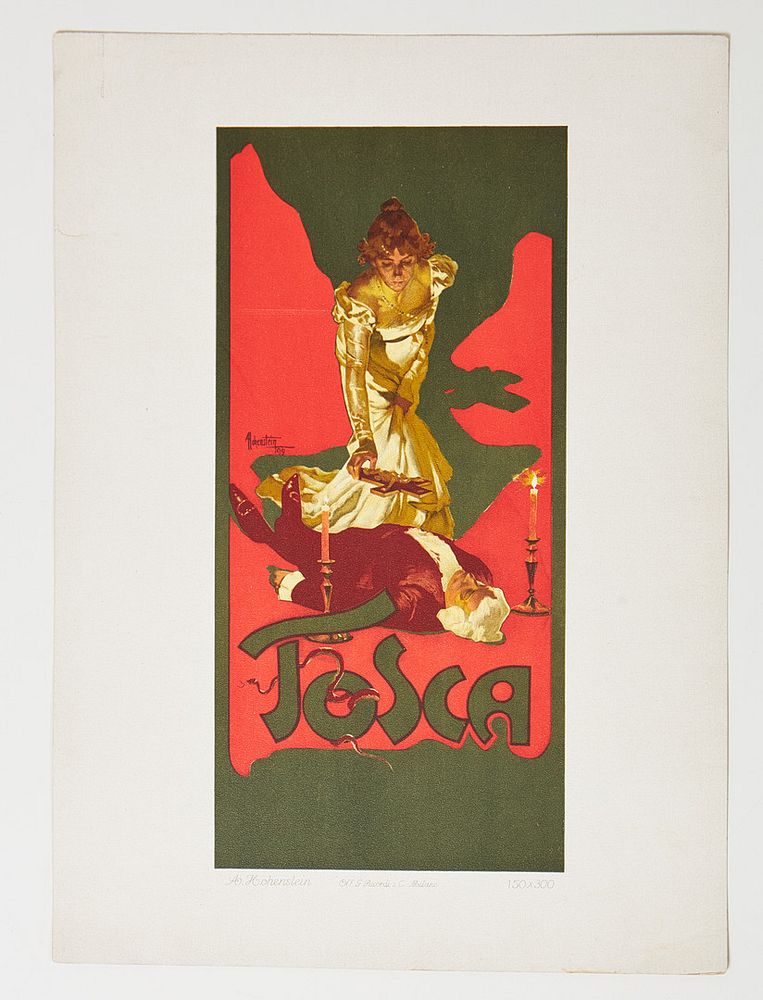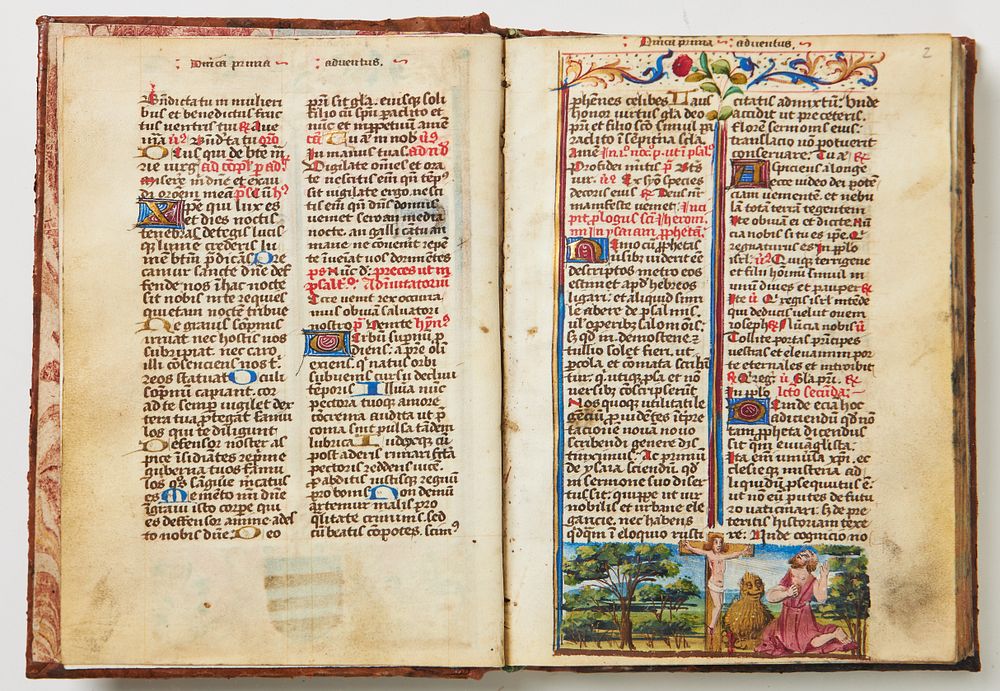Press release -
Culinary manuscripts and rare woodcuts in Books, Maps & Manuscripts auction
Stockholms Auktionsverk has a long tradition of presenting well-sorted and high-quality book auctions. This fall's edition of Books, Maps & Manuscripts is no exception. The more than 300 cataloged items include some particularly fine highlights among the older maps and travelogues, as well as a number of hardback titles containing the wonders of cooking.
“In the best of worlds, you always want to present a catalog with a little bit of everything, and we can offer items dating back to the 15th century. The auction is characterized, among other things, by the large collection of cookbooks and manuscripts that we have been entrusted to sell. They come from a devoted collector who has been active for many, many years and the collection contains titles that are very rare as well as such that are perhaps not as rare but still interesting and reasonably priced,” says Katharina Fahlstedt, Chief Curator of Books, Maps and Manuscripts at Stockholms Auktionsverk.
The initiated collector in question is Inga-Lill Skoog and in total 86 items from her library have been collected on the theme of food and husbandry. Both classics and more obsolete writings, including a collection of recipes dating back more than 300 years – with titles such as "To cook Coffey", "Anna von der Noth's Wafers", and "To stew lobster".
“With this particular category of books, we notice that they reach a younger target group than we are used to. Cookbooks are easy to get into, partly because they concern us all and are based on a topic that most people can relate to, but also because they evoke nostalgia. There is no escaping from the fact that nice images of beautiful layouts and table settings can be more accessible than for example a book on Nordic history from the 16th century, written in Latin.”

There are also a number of remarkable atlases in the map section, including one of Russia that has provenance from Gustaf Nobel's library. The atlas in question is very rare, a first edition printed in St. Petersburg in 1745 and is the very first printed atlas of Russia. The youngest of the sons of Ludvig and Edla Nobel, Gustaf Nobel was based in Baku between 1914 and 1917, where his father and two older brothers, Alfred and Robert, founded the oil company The Nobel Brothers Company. Gustaf later took over as CEO of the family business but was forced to flee Russia in 1918 to escape the revolution.
A couple of hundred years before the rare atlas and Gustaf Nobel, a group of Russian travelers can be seen in the exquisitely detailed and rare print from 16th century Prague. It depicts Russian ambassadors from the court of Ivan IV on their way to meet the Holy Roman Emperor Maximilian II in Regensburg in 1576, where a long procession of noble men and priests arrive bearing gifts and precious furs. Later reproductions of the engraving, printed in the 19th century, can be seen in libraries and museums, including the Victoria and Albert Museum in London and the Bibliotheque des Arts Decoratifs in Paris.

“While we can't find any previous auction records for this rare print, we know that there are only a few copies worldwide. Mainly in museums in Russia and Germany, but the original late 16th century copies are rarely complete and often lack the last of the four pages on which it is printed – the page portraying an Orthodox service. Above all, it is a very early point in history to depict Russians in this way. They are dressed in their finest costumes and second in line is Prince Zakhary Sugorsky, former governor of Astrakhan, who, despite tradition, does not wear a beard.”
The woodcut is attributed to Donat Hübschmann, who worked closely with the emperor in the late 16th century, and sometimes to the Swiss-German artist Jost Amman. Hübschmann was born in Leipzig around 1540, worked as an engraver and printer, and died in Vienna in 1583.

For those who can't get enough of Art Nouveau romanticism, there is "Gli Avvisi Delle Officine G. Ricordi". Ricordi's graphic basic course in turn-of-the-century advertising, dated Milan c. 1914. A colourful portfolio consisting of 70 lithographic color posters with Ricordi's most successful advertising motifs, printed between 1895 and 1914. An important collection printed by Officine Ricordi and executed by the masters of illustrated advertising at the time such as Dudovich, Mazza, Beltrame and Mellikovitch – where the fabulous images are reproduced everything you expect from the colour palette and fonts of the Art Nouveau aesthetic.
“It's beautiful and a bit of a personal favorite. I love Art Nouveau and the style that thrived at the time, it's undeniably a collection of beautiful images. These posters show up at auctions and dealers from time to time, but when you have them in front of you, you're really struck by their expression and the generous format. Everyone should take the chance to see it up close.”

In the auction catalogue, Katharina Fahlstedt and her colleagues have made sure to save the oldest for last, an illuminated manuscript in the form of a small prayer book written in Latin and German, probably in a small monastery in France in the late 15th century. It is not entirely complete but makes up for it with its beautiful illuminations and initial letters adorned in gold.
“It is absolutely fantastic to sit and browse through pages that someone wrote over 500 years ago. The manuscripts become extra special that way because they are completely unique. It is written on fine parchment, that when leafing through the book, adds to the ancient feel.”
The Fine Art auction Books, Maps & Manuscripts will be held on December 7 at Nybrogatan 32 in Stockholm. The catalogue is already published online and is available for pre-bidding – the viewing runs until December 4.
Topics
- Art, Culture, Entertainment
Categories
- fine art & antiques
- books, maps & manuscripts
Stockholm's Auktionsverk is the world's oldest auction house – founded in 1674 on the initiative of Baron Claes Rålamb, then appointed Governor of Stockholm. Today, Stockholm's Auktionsverk is the largest auction house in Northern Europe – specializing in art, design, crafts, antiques, and books. With ten branches in Sweden, Finland, and Germany, over 60 experienced and knowledgeable specialists and more than 700,000 registered buyers in 180 countries. After 350 years of operation, the auction house continuously takes great pride in being a trading floor for Swedish and international cultural history.
Stockholms Auktionsverk